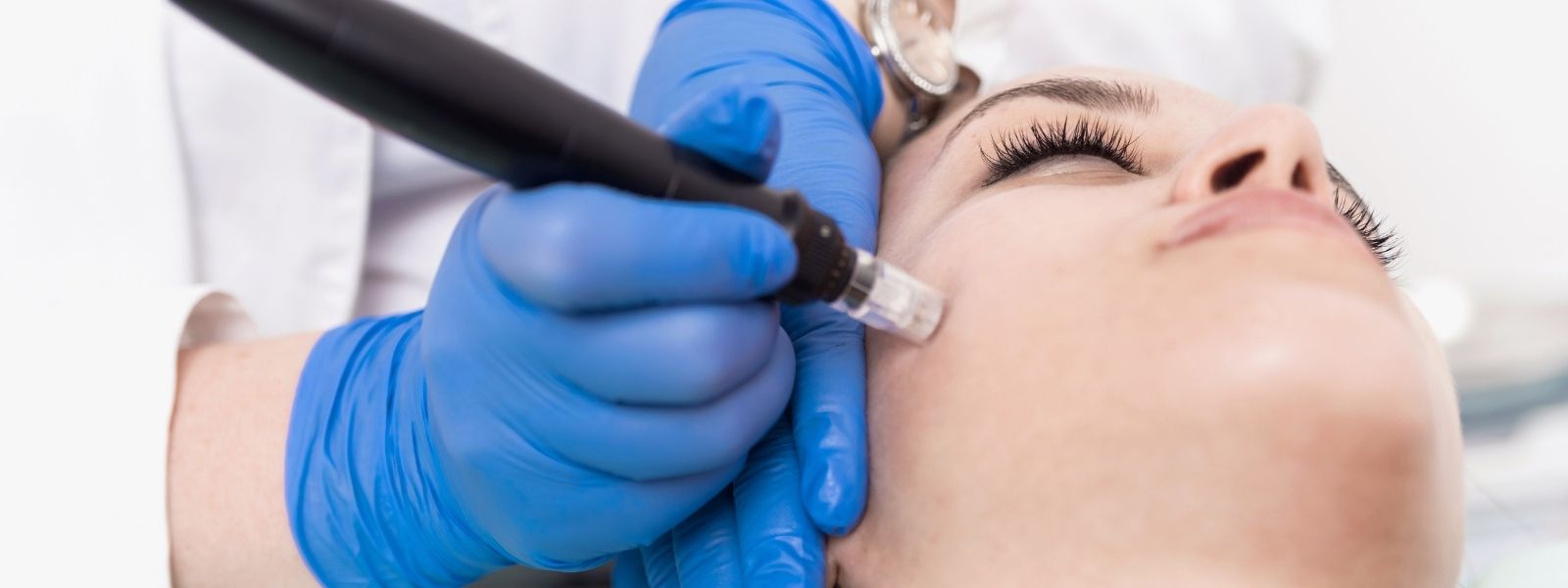Skinpen Microneedling
Microneedling, a procedure sometimes referred to as collagen induction therapy, is a unique skin rejuvenation treatment that can reduce the signs of aging. Over time, it can be used as an acne scar treatment while improving the appearance of fine lines and wrinkles on the face. With the SkinPen micro-needling device used by our board-certified dermatologist, Dr. Melanie L. Adams of Columbia, Maryland, you can find a way to stimulate your body’s natural wound-healing process with this minimally invasive skin rejuvenation solution!
How does the SkinPen microneedling treatment work?
The SkinPen device provides controlled micro-injuries that trigger the skin’s natural release of cytokines and growth factors that can ultimately lead to the remodeling of collagen and elastin. The microscopic channels in the skin’s dermis help the skin look and feel healthier with regular treatments.
What are the benefits of the SkinPen microneedling treatment?
- Reduced signs of aging
- Reduced appearance of stretch marks
- Improved skin texture and tone
- Improved appearance of acne scars
- A minimally invasive treatment performed in-office
- Manageable recovery time following treatment sessions
- Safe for all skin complexions and types
- Effective on all areas of the face and body
What can I expect during a SkinPen microneedling treatment?
Before Dr. Adams starts the microneedling treatment, she first applies a topical anesthetic on the treatment area to numb it and ensure patient comfort. The treatment is done quickly and easily with minimal discomfort, and patients can expect to see some redness and irritation in the treatment area for a day or two. The results are not immediate. Instead, they are seen over time as collagen and elastin stores are increased, and the skin begins the natural healing process.
How do I learn more about this minimally invasive skin rejuvenation service?
If you live in Columbia, Maryland, and are interested in speaking with our team at Melanie L. Adams, M.D. P.A. about the advantages of using the SkinPen micro-needling treatment to enhance your appearance, call (410) 910-2366 and visit the office at 10700 Charter Drive, Suite #320. The office serves patients in Howard, Baltimore, Anne Arundel, Montgomery, and District of Columbia



